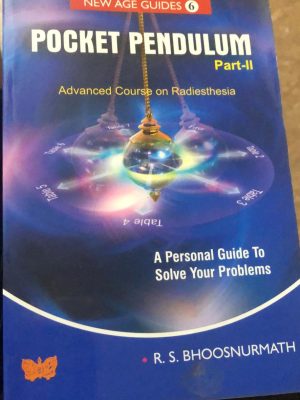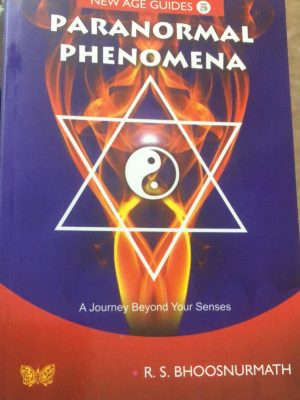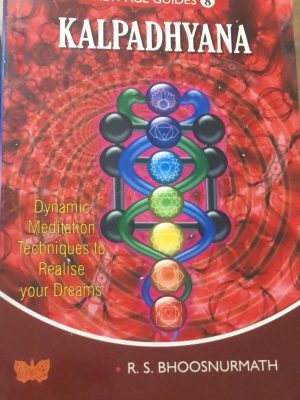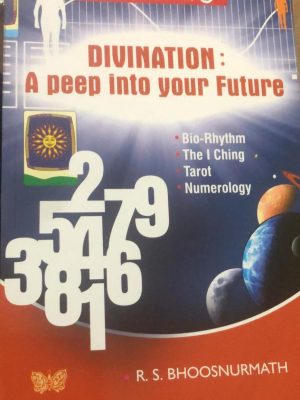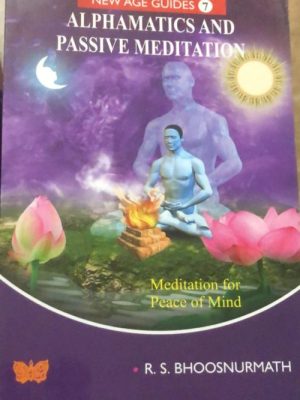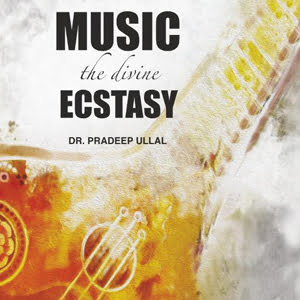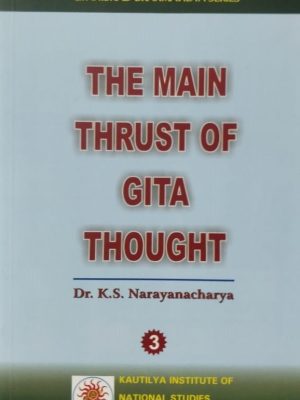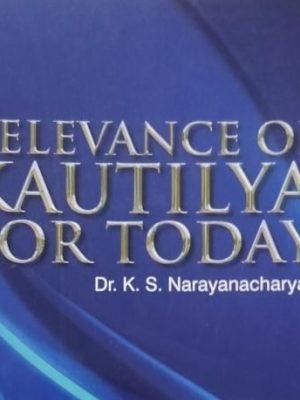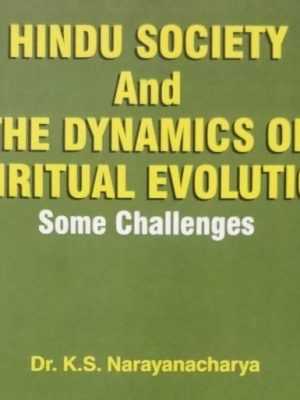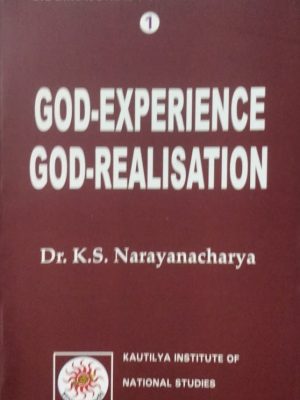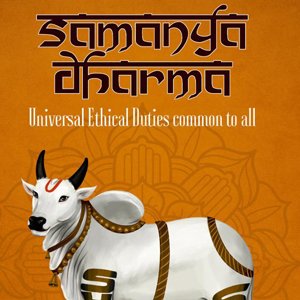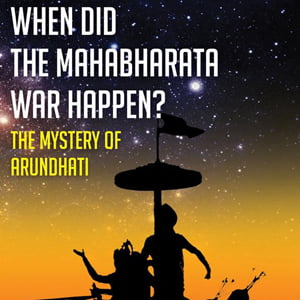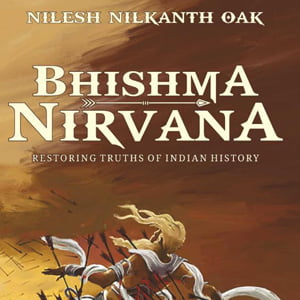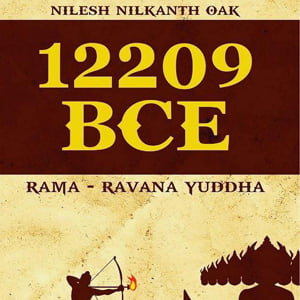Subbu Publications
-
-
-
-
-
Music the Divine Ecstasy
Epilogue: Take a plunge: an immersive musical exploration
‘Music is the most potent drug ever known’. All we need to do at this moment is to take the plunge within and discover our ability to grasp the divinity that can be extracted through purest celebration of music . If this book has inspired you to step into the path of this musical ecstasy, we welcome you to a phenomenal musical journey at Kevala Foundation located in a South India. You will discover the joys and effects of purest oxygen and inner silence in a natural paradise. If you are keen to explore, we welcome you to the mountain path of Himalayan Kriya Yoga. It will prepare you to purify your body and truly click into the pure celebration within. You can have the privilege of absorbing some of the most profound music rendered on our planet. In deep acceptance, it will permeate you in a subtle way. The purest ecstatic states will flower you in an unexpected moment and reveal to you the vibrant romance of life.₹412.85Music the Divine Ecstasy
₹412.85 -
-
-
-
Samanya Dharma
The book addresses a much- needed but often taken for granted topic within the Hindu tradition- namely the timeless salience of universal values and attitudes for righteous living. It is a compendium of what constitutes universal values carefully culled from primary and secondary sources. The book bridges the past and present by reinforcing the relevance of Samanya Dharma in contemporary times.
₹111.55Samanya Dharma
₹111.55 -
When Did The Mahabharata War Happen
The Mystery of Arundhati
The Mahabharata text contains the history of one of the key events of Indian civilization, viz. The Mahabharata War. The text is a rich depository of customs and culture, science and philosophy of the Mahabharata era. The Mahabharata is the longest epic poem known and consists of over 100,000 shloka and is roughly ten times the length of the Iliad and the Odyssey combined. The Indian tradition calls the text the Pancham (fifth) veda.
It is then natural that numerous attempts have been made to date the events of the Mahabharata war. There are more than 125+ claims, by those many different researchers, for the timing of the Mahabharata war. Unfortunately, majority of these claims are based on either selective evidence or dogmas of AIT/Kaliyuga and show characteristics lack of scientific acumen and logical reasoning. This is precisely the reason why researchers have ended up with 125+ different claims while simultaneously claiming to have employed identical evidence.
What could be the outcome if one can employ all the evidence of the Mahabharata text and test it objectively with the help of science? Is it even possible to accomplish such a thing and arrive at a unified answer?
Nilesh Oak enumerated 215+ specific astronomy and associated observations from the Mahabharata text and tested them with the scientific acumen and logical reasoning to arrive at 5561 BCE as the year of the Mahabharata war.
The book explores unique astronomy observations from the Mahabharata text that decisively falsify 96%+ of all existing claims for the year of the Mahabharata War.₹361.10 -
Bhishma Nirvana
The book ‘When did the Mahabharata war Happen?: The Mystery of Arundhati’ decisively falsified all claims for the Mahabharata war that claimed the year of the Mahabharata war after 4508 BCE. Objective testing of the astronomy evidence (215+), internal to the Mahabharata text, led to 5561 BCE as the year of the Mahabharata war. Arundhati-Vasistha (AV) observation was decisive in falsification of 96%+ of the existing claims for the year of the Mahabharata war.
Many Indic researchers, lacking scientific acumen, comprehension, and logical reasoning skills, thought, incorrectly, that AV observation was the only observation that led to the falsification of all claims that fell after 4508 BCE. Naturally, they made illogical, dogmatic, evasive, digressive attacks on the validity of the inference due to AV observation. Their attempts to discredit AV observation backfired and rather led to further strengthening of AV observation and its importance for the validity of 5561 BCE as the year of the Mahabharata war. In their dogmatic zeal, these researchers even questioned the Mahabharata evidence itself that asserted the duration of Bhishma on the bed of arrows for more than 92 days.
What these researchers did not realize is that the very details of Bhishma Nirvana provide evidence that not only corroborates inference of AV observation but also strengthens 5561 BCE as the year of the Mahabharata war.
In this book, Nilesh Oak employs 300+ specific astronomy and associated observations from the Mahabharata text and tested them with the scientific acumen and logical reasoning to arrive at 5561 BCE as the year of the Mahabharata war. The book describes evidence that asserts the impossibility of the Mahabharata war anytime after 4700 BCE (Bhishma Nirvana + Lunar calendar evidence), or 5125 BCE (sensitivity analysis). The evidence presented in this book decisively falsifies all alternate claims for the year of the Mahabharata War.₹361.10Bhishma Nirvana
₹361.10 -
12209 BCE Rama Ravana Yuddha
Rama Ravana Yuddha
Valmiki Ramayana contains the history of one of the key events of Indian civilization, viz. The Rama-Ravana Yuddha. The Ramayana consists of nearly 24,000 Shloka, divided into seven Kandas and about 500 Sargas. Valmiki Ramayana has the status of the adi-kavya (first poem).
There are 15+ attempts to date the events of Ramayana. Unfortunately, the majority of these claims are based on either selective evidence or dogmas of AIT/Chatur-Yuga cycles and show characteristics lack of scientific acumen and logical reasoning. This is precisely the reason why researchers have ended up with multiple claims while simultaneously claiming to have employed identical evidence.
What could be the outcome if one can employ all the evidence of the Valmiki Ramayana and test it objectively with the help of science? Is it even possible to accomplish such a thing and arrive at a unified answer?
Nilesh Oak enumerated 575+ specific astronomy and associated observations from Valmiki Ramayana and tested them with the scientific acumen and logical reasoning to arrive at 12209 BCE as the year of the Rama-Ravana Yuddha. The book explores unique astronomy observations from Valmiki Ramayana that decisively falsify all existing claims for the year of the Rama-Ravana Yuddha, and thus the timing of Ramayana.₹361.1012209 BCE Rama Ravana Yuddha
₹361.10
